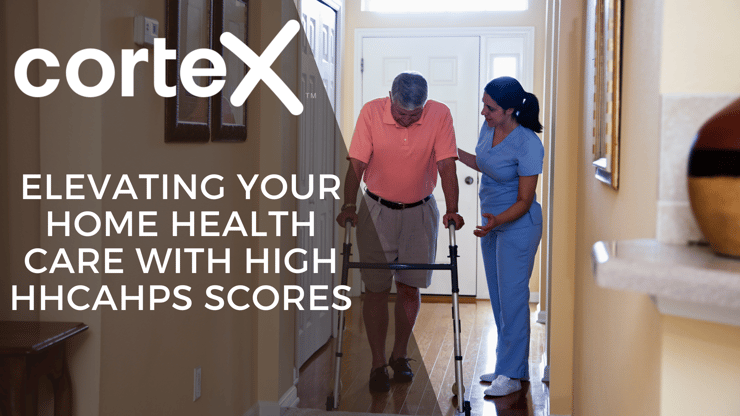“Out of sight, out of mind” no longer applies when it comes to discharged patients. With CMS placing penalties on post-acute facilities with high readmission rates, you have a financial—not to mention ethical—obligation to follow up with your discharged patients. And the best way to meet this obligation is with phone calls.
Providers are looking to patient follow-up phone calls as a way to keep discharged patients from readmitting to the hospital. At first glance, a follow-up call system may seem easy to implement. And many agree: in a 2016 survey, we found that 87 percent of SNF/HHA admins report attempts to create programs for follow-up calls. However, that number falls to 45 percent after one month, and then to 12 percent after three. Why do so many proactive admins ultimately give up on these programs? And how can you enact a program that will endure and satisfy your patients’ needs? Read on to find out.
Facilities don’t know how to conduct follow-up calls.
Talk with any administrator or clinician who has attempted to run a follow-up call program, and you’ll quickly learn about various challenges, including the following questions:
- Which patients should be called?
- When should they be called?
- At what frequency should they be called?
- What should be asked?
- How should we follow up if they don’t answer?
- How do we gather the information in an actionable format
Each follow-up call has the potential to be actionable, and calls to recently discharged patients often can uncover ongoing struggles in a patient’s recovery. But how can you know what to ask and ensure that your program doesn’t fall apart?
The best questions are simple.
Cortex has had ample time to find the answers you’ve been searching for; we’ve completed over 200,000 successful follow-up phone calls to patients recovering from a recent inpatient stay (hospital and/or SNF). Through experience, we’ve identified three questions that are the most effective in preventing readmissions:
- Are you taking your medications as prescribed?
- Have you had any of the following symptoms: fever, nausea, vomiting, chills, weakness, or shortness of breath?
- Have you had any falls recently?
At first glance, these questions may seem too simple and obvious, but there are nuances in phone surveys that should be considered.
First, post-acute patients are typically older and struggling with multiple comorbidities. This can lead to difficulty in understanding complex questions, questions using number scales for answers, or questions that use jargon with which patients are not familiar.
Secondly, the real work is done in the follow-up to each answer given by the patient. For example, if a patient responds that she has had a fall recently, the caller should then ask a series of clarifying questions:
- Where did the fall occur?
- Are you injured because of your fall?
- What part of your body was injured in the fall?
- Are you considering seeking medical treatment?
Of course, knowing what to ask and know when, how often, and of whom they should be asked are not the same. That’s where Cortex comes in.
Let Cortex guide make your calls for you.
Your expertise is in providing top-tier health services to your patients. It’s OK that you’re not an expert in conducting follow-up calls.
So why not hire someone who is? Someone who can make sure follow-up calls continue longer than three months? Someone whose customers report a 10–15 percent increase in prevented readmissions and a 23–35 percent decrease in readmissions from home?
Cortex evaluates patient data (including data gathered on follow-up calls) in real-time to provide actionable opportunities to post-acute providers that might otherwise have been overlooked. Of the many opportunities available to post-acute providers, preventing hospital readmission is one of the highest-value opportunities identified by the platform. When this opportunity is detected, it is immediately routed to the post-acute providers who have cared for that patient in the most recent episode of care. Cortex follows all HIPAA regulations and considers whether the patient is within or outside of the penalizing window the CMS and other payers have identified for readmissions.
Our customers leverage the Cortex Network of Registered Nurses to make follow-up calls to patients throughout the country after they leave an inpatient setting (hospital and/or SNF). Although the platform is available for customers to use in-house, providers find the telephone bedside manner and availability of the nurses to be superior to what they can do with in-house staff. The nurses follow a script outlined by the post-acute provider, and Cortex offers a rich question bank and expertise in crafting the call script. Calls can be repeated, and repeat attempts can be made to patients if they don’t pick up the phone the first time.
Preventing readmission isn’t an impossible dream. With the right people asking the right questions at the right time, you can ensure that your former patients get the help they need when they need it.
Click here to schedule a demo.




